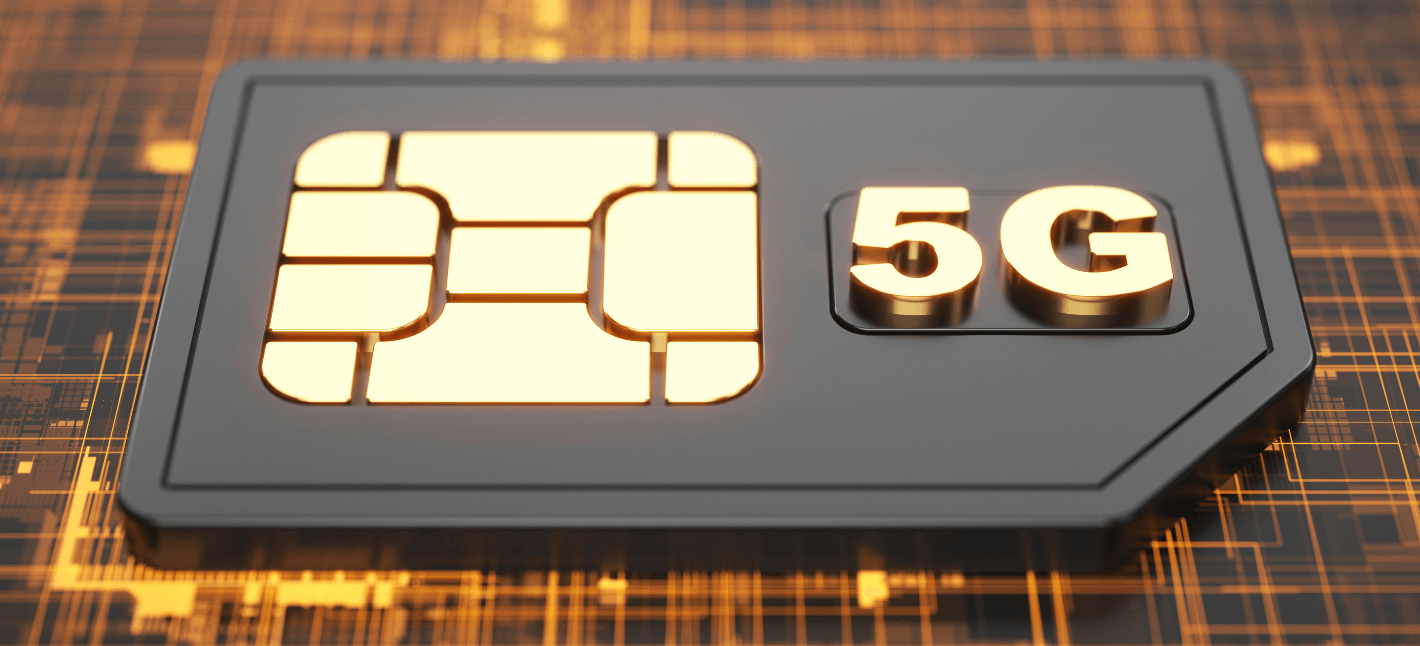IoT Connectivity Comparison Definition of IoT Connectivity
IoT Connectivity Comparison Definition of IoT Connectivity
Blog Article
M2M IoT Connectivity Beginner's Guide to IoT
Wearable gadgets have more and more gained recognition, because of their capability to supply health monitoring, health monitoring, and real-time knowledge accessibility. These gadgets vary from fitness trackers to smartwatches, every requiring a robust connectivity possibility to speak with other devices and cloud services. The versatility of IoT connectivity choices plays a crucial position in the performance of these wearables.
Bluetooth is usually one of many top choices in IoT connectivity for wearable devices. It provides a low-energy solution that permits seamless knowledge switch between the wearable and other devices corresponding to smartphones and tablets. This short-range communication methodology is appropriate for lots of functions, permitting users to obtain notifications, synchronize knowledge, and management different connected gadgets effortlessly.
Wi-Fi is one other formidable player in the IoT connectivity area. Unlike Bluetooth, Wi-Fi permits for a broader range of information trade, making it excellent for devices that require a constant and dependable internet connection. Wearables utilizing Wi-Fi can present quick entry to cloud providers, enabling customers to retrieve health metrics and data without the need for a smartphone to behave as a intermediary.
Cellular connections have revolutionized the finest way wearables perform, bringing them nearer to standalone devices. With the arrival of LTE and upcoming 5G expertise, wearables can operate independently from smartphones. This connectivity choice permits for real-time communication, navigation, and information analysis, making it perfect for users who need to depart their telephones behind and nonetheless enjoy full functionality.
Industrial IoT Connectivity Services and Solutions for IoT Connectivity

NFC, or Near Field Communication, is one other essential connectivity choice for wearables. This know-how is mainly used for transactions, enabling customers to make payments simply simply by tapping their wearable devices at a point-of-sale terminal. NFC supplies quick and secure transactions, which is advantageous for customers who prioritize comfort and efficiency.
LPWAN (Low-Power Wide-Area Network) protocols like LoRa and Sigfox are gaining traction for specific wearable functions, significantly in asset tracking and environmental monitoring - IoT Connectivity. These technologies supply low-power consumption and exceptional range, making them suitable for linked gadgets that will not require frequent information transmission. Such features make them optimal for wearables utilized in industries such as agriculture or logistics.
Zigbee and Z-Wave are protocols primarily used for home automation but have potential functions in wearable technology as well. They permit for mesh networking, enabling gadgets to speak over larger distances by passing alerts between one another. Using these technologies in wearables can improve smart home interactions, allowing customers to manage varied family gadgets seamlessly.
Resilient IoT Connectivity Global Managed IoT Connectivity Services
Mesh networking stands out as a novel IoT connectivity possibility that allows gadgets to speak independently. Unlike conventional point-to-point connections, mesh networks allow every wearable to behave as both a receiver and transmitter. This configuration can extend the range of connectivity and enhance communication reliability, especially in settings the place conventional signals would possibly battle.
Wi-Fi Direct permits units to attach immediately to each other without the necessity for an middleman network. This option is favored for its simplicity and pace, significantly for wearables that have to switch giant amounts of information shortly. Wi-Fi Direct can facilitate instantaneous file transfers, syncing music playlists, or sharing fitness information between units without having an internet connection.
IoT Satellite Connectivity Connectivity for IoT Products
The selection of IoT connectivity option significantly impacts the person experience. For instance, wearables that rely solely on Bluetooth could face limitations in range and data pace. On the opposite hand, people who utilize cellular connections can present a more strong resolution however might incur additional prices for data plans. The best selection largely is dependent upon the supposed use and the features that producers wish to emphasize.

Security remains a significant consideration when deciding on connectivity options for wearable units. As wearables collect delicate health information, strong encryption protocols are needed to protect person info. Technologies that embody end-to-end encryption and strong consumer authentication measures are preferred in order to safeguard private information in opposition to cyber threats.
Interoperability amongst different devices additionally shapes the landscape of IoT connectivity. Wearables need to speak not solely with smartphones but with various smart residence gadgets, healthcare methods, and health platforms. Choosing open standards for connectivity options facilitates this interoperability and enhances person experience, allowing seamless transitions between totally different technologies.
Mobile Data Connectivity For IoT Pros and Cons of Top IoT Connectivity Technologies
As the Internet of Things continues to evolve, builders seek progressive ways to reinforce the functionality of wearables. Future developments point out a potential shift towards decentralized networks, powered by blockchain expertise. Such frameworks might permit safer and clear data sharing among wearable devices, elevating belief within the information exchanged.
Incorporating artificial intelligence (AI) and machine learning into wearable units can further rework IoT connectivity. These technologies can analyze utilization patterns and data in real-time, optimizing connectivity choices and even predicting person needs. By intelligently adjusting the mode of connectivity based on situational requirements, wearables can turn into increasingly efficient and user-friendly.
Wearables also stand to learn from advancements in edge computing. By processing knowledge closer to the source quite than relying on distant cloud servers, wearables can function with lower latency and higher responsiveness. This shift permits for quick knowledge evaluation, crucial for time-sensitive functions like health monitoring and health tracking.
Managed IoT Connectivity Guide to Cellular IoT Options
Ultimately, figuring out one of the best IoT connectivity options for wearable units includes a careful evaluation of person needs, software requirements, and cost-effectiveness. As know-how continues to advance, the probabilities for wearables will expand, providing much more tailor-made solutions.

Selecting the proper connectivity possibility not only enhances a tool's performance but additionally impacts consumer satisfaction and engagement. As consumers increasingly embrace More hints wearable expertise, producers should prioritize connectivity selections that may keep up with evolving demands.
IoT Connectivity Provider Importance of Connectivity in IoT
Innovation in this field can be led by user suggestions. As more people interact with wearables, their preferences and experiences can information builders in refining connectivity options. Understanding the person journey is important for enhancing gadgets and guaranteeing they meet trendy lifestyle wants.
In conclusion, the method forward for IoT connectivity choices for wearable units is promising and diverse. With a selection of protocols available, from Bluetooth to cellular and beyond, producers have the flexibleness to innovate and cater to particular person needs. By specializing in security, interoperability, and person feedback, the wearable tech panorama will undoubtedly continue to flourish, providing users experiences that mix comfort with cutting-edge know-how.

- Wi-Fi offers high-speed internet access for wearables, enabling seamless knowledge transfer and updates when in range of hotspots.
- Bluetooth Low Energy (BLE) minimizes power consumption, making it best for connecting wearable units to smartphones while maximizing battery life.
- Cellular connectivity offers the advantage of wide-area coverage, allowing wearables to function independently with out the necessity for close by gadgets.
- Near Field Communication (NFC) permits fast pairing and safe transactions, enhancing consumer experience in functions like cell funds on wearables.
- Zigbee is suitable for smart home integration, allowing wearable devices to communicate effortlessly with different smart gadgets in a lower power spectrum.
- LoRaWAN supports long-range communication, making it sensible for wearables used in agriculture or wildlife monitoring, where traditional indicators might falter.
- Sigfox is known for ultra-narrowband expertise, optimizing battery life for wearables that solely must send small data packets intermittently.
- Thread combines the benefits of low power consumption and reliable mesh networking, encouraging communication between a number of wearable gadgets in a close-knit environment.
- Mesh networks allow devices to relay data amongst themselves, making certain consistent connectivity and expanding protection with out vital power loss.
- Satellite communication presents wearables a lifeline in distant areas, ensuring they proceed to be related even in environments lacking cellular or Wi-Fi networks.
What are the commonest IoT connectivity choices for wearable devices?undefinedThe most common IoT connectivity choices embody Bluetooth, Wi-Fi, NB-IoT, LoRaWAN, and cellular networks. Each presents totally different range, energy consumption, and knowledge transfer charges, catering to varied application necessities.
How does Bluetooth compare to cellular options for wearable devices?undefinedBluetooth is ideal for short-range, low-power purposes, making it suitable for health trackers and smartwatches that sync data with smartphones. Cellular choices provide broader protection and can assist more data-intensive applications however typically devour more energy.
IoT Connectivity Management Global Managed IoT Connectivity Services
What is the role of Wi-Fi in wearable devices?undefinedWi-Fi permits high-speed data switch, allowing wearables to access the web directly without having a smartphone. It's helpful for applications that require real-time data streaming, corresponding to video or high-resolution images, but might drain the battery rapidly.
Are there specific use circumstances where NB-IoT is most popular for wearables?undefinedNB-IoT is well-suited for functions that require long battery life and in depth coverage. Use instances embrace health monitoring gadgets that transmit small amounts of knowledge intermittently, permitting for battery effectivity while making certain dependable connectivity even in distant areas - IoT Connectivity Provider.
What factors should I think about when selecting a connectivity choice for wearables?undefinedConsider battery life, knowledge switch wants, vary, and consumer environment. For instance, if low power consumption is important, Bluetooth or NB-IoT could additionally be preferable, whereas high data calls for favor Wi-Fi or cellular choices.
Internet Connectivity In IoT Comparison Guide for IoT Connectivity
How does security range among different IoT connectivity options?undefinedSecurity varies broadly; Bluetooth and you could try this out Wi-Fi rely on encryption protocols for information transfer, whereas cellular networks usually incorporate robust safety measures at the infrastructure stage. It's very important to make certain that any chosen connectivity method implements sturdy encryption and data safety measures.
Can wearables use a number of connectivity options simultaneously?undefinedYes, many modern wearables can make the most of multiple connectivity choices, like Bluetooth and Wi-Fi, allowing them to switch primarily based on availability and requirements. This ensures better performance and flexibility, bettering consumer experience considerably.
What is LoRaWAN and how is it relevant to wearables?undefinedLoRaWAN (Long Range Wide Area Network) is a low-power, long-range communication protocol, making it suitable for wearables requiring rare data transmission over long distances, corresponding to environmental sensors or location trackers in remote areas.
How do I decide the best connectivity choice for my wearable product?undefinedEvaluate your target market, utilization patterns, cost concerns, and required features. Testing totally different connectivity solutions in real-world situations can even provide insights into efficiency and user behavior, serving to you make a more knowledgeable alternative.
Report this page